
The Resourceful Sailor Tackles Air Circulation to Combat Condensation
As we head into summer you may wonder why we would run a story on condensation, which is usually more of a problem in the winter months. And therein lies the reason. If you start thinking about how to mitigate condensation now, by the time winter rolls around again chances are you will be better equipped to deal with it. So please enjoy The Resourceful Sailor’s DIY condensation solution, part 1.
If you live aboard or cruise on a boat in a temperate climate during the winter months, you may know a little about living with condensation. Running a heater, cooking, and just breathing raise both the temperature and water content of the air. The water condenses from this warm air on inside surfaces of the boat that are cooler, usually because they are also in contact with colder outside temperatures — portlights, cabin tops, hulls, fasteners, or inside lockers, to name a few. Such condensation can lead to all sorts of problems like mold and mildew, ruined books, rotting bulkheads, spoiled food, corrosion, and the list goes on.
Having lived aboard over 10 years in the Pacific Northwest, I have long contended with this nuisance aboard Sampaguita, a Pacific Seacraft Flicka 20 sailboat. While there are many facets to mitigating condensation, like how you heat, cook, and dehumidify, this installment will focus on one particular project I undertook to improve air circulation.
Air circulation helps keep the boat dry, and, once the inevitable condensation does occur, dry it out. On expedition, away from AC power sources, this likely means opening up hatches and getting outdoor air through the boat. Dressing warmly is key to that plan. At the dock, I have three fans going 24/7 during the winter months. I move them around depending on the temperatures and whether I will be on board. The intent is to maximize the airflow they create, getting movement to all different parts of the boat. In a cold, humid environment without airflow, condensation areas may take forever to dry.
On Sampaguita, this was especially problematic along the hull-to-deck joint. Flicka 20s are built with a plethora of fasteners here, providing strength. But each one is a drip point along this poorly insulated seam, and the molded-in bulwarks create both space for moisture-laden air and a vertical surface for the condensed water to run down. The builder added ceiling panels that concealed these structural components, creating a clean and ‘yachty’ feel in the cabin. For a light-use boat, success. But as an everyday warrior in the Pacific Northwest, I saw a developing issue. The water that condensed couldn’t dry. With gravity, boat list, and sheer, the water beaded and ran, soaking into the plywood ceiling panels, bulkheads, and carpeted hull, and stayed there. Mildew was taking hold, and some potential long-term effects foreseen on the structural bulkheads were alarming.
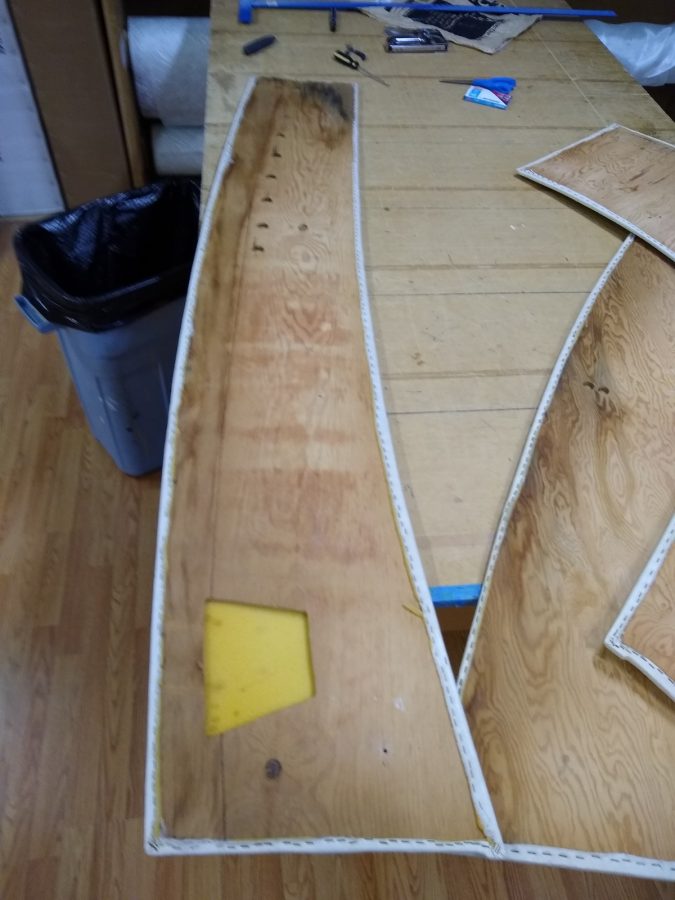
To mitigate this, I removed the ceiling panels and trimmed them each back a few inches from the hull and away from the dripping fasteners and bulwarks to open that space to the cabin. If I couldn’t stop the condensation, I gave it a fighting chance to dry out. It also gave me easy access to wiring tucked up in the bulwarks. It was an easy modification using a screwdriver and pliers to remove old corroded staples, a utility knife to cut the vinyl liner material, a jigsaw to cut the plywood ceiling panel, and a T50 stapler with stainless steel staples to put it back together. I succeeded in making the panels look as if they’d come this way from the factory.
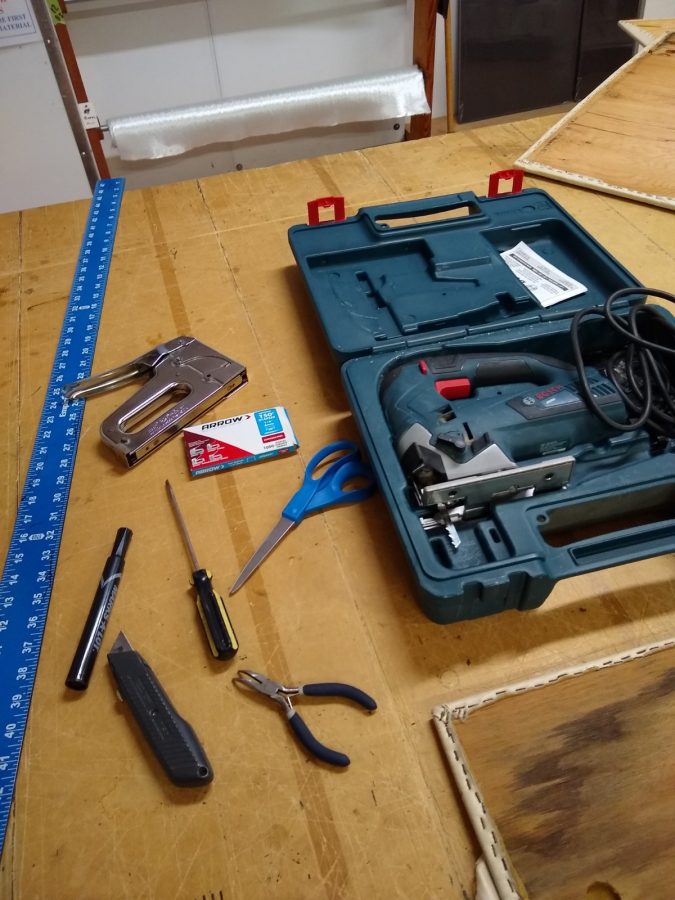
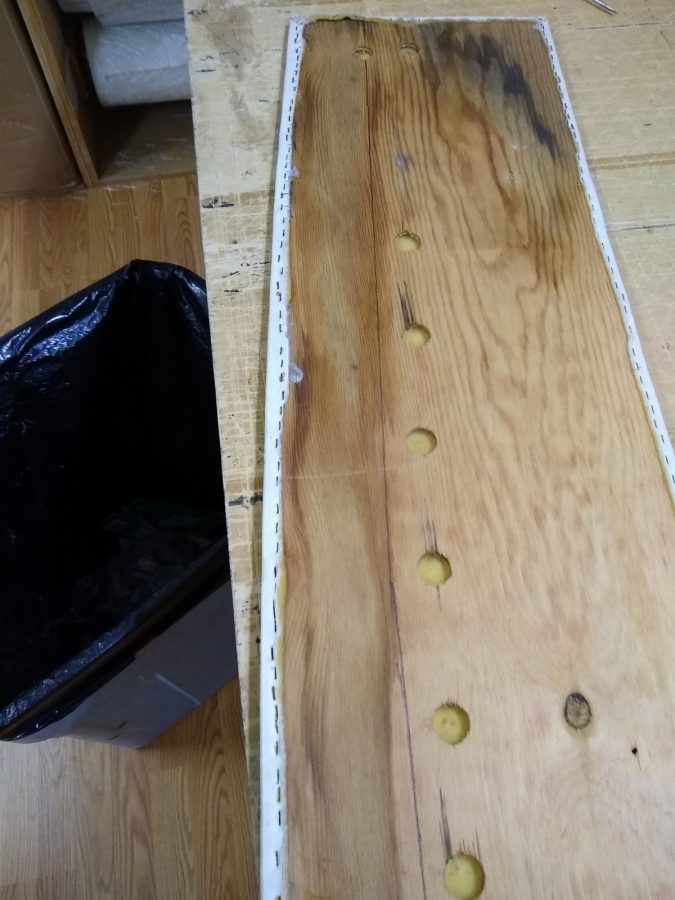
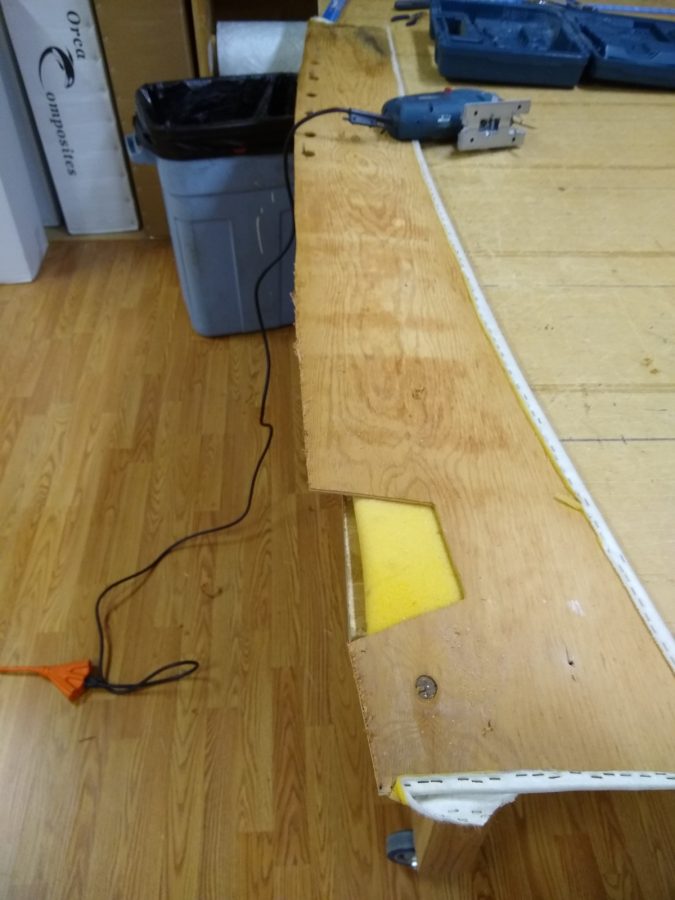
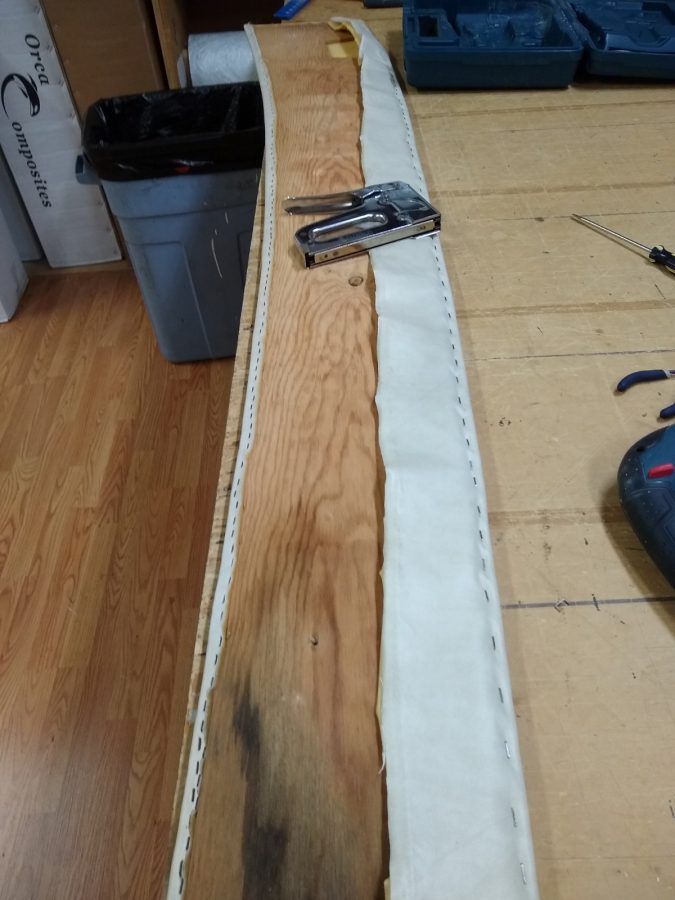
So far, I am pleased with the results regarding this adjustment. It still condenses, but it also dries out. I can assess with a quick look how much condensation is forming and wipe a sponge along the drip points to remove the water. The trimmed panels look good, and the deck joint is still hidden, except by up-close inspection. If you wonder about regret over altering a classic interior, there is nothing sexy about mildew and rotting bulkheads.
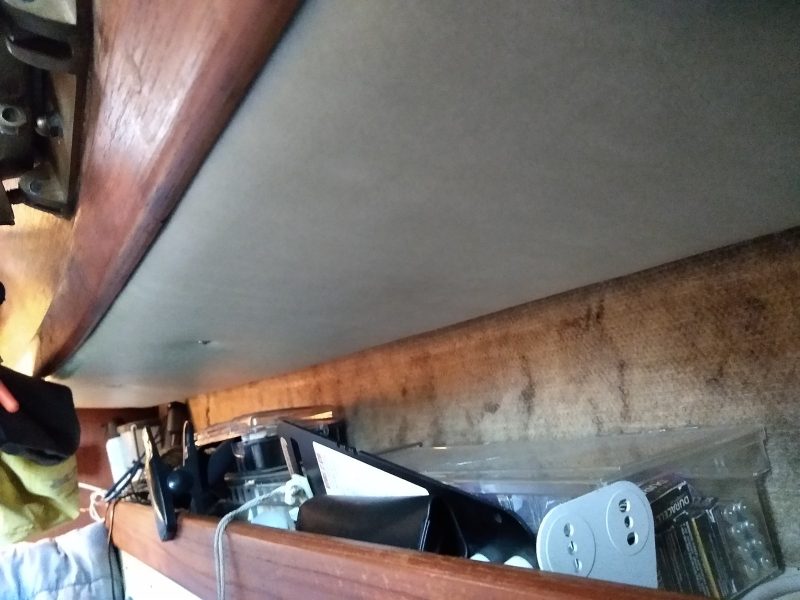
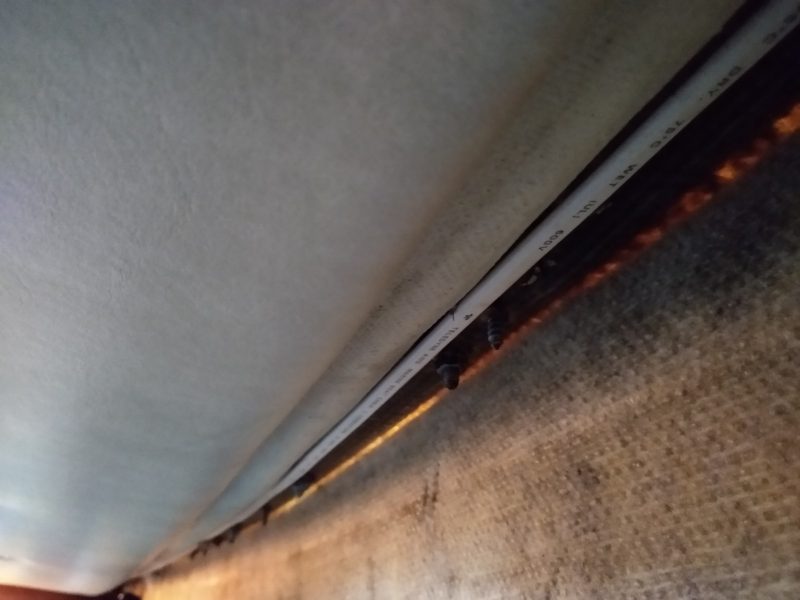
I recognize and accept condensation as a natural part of the winter boat life. Stopping or ignoring it is foolhardy, so I manage it. The dryness of a wood-burning stove would be fantastic, but Sampaguita is not a good candidate for one, so I do what I can. Boats, locations, temperatures, people, and lifestyles will all add variables to contending with condensation. The Resourceful Sailor reminds you to be safe and prudent, and have a blast.
